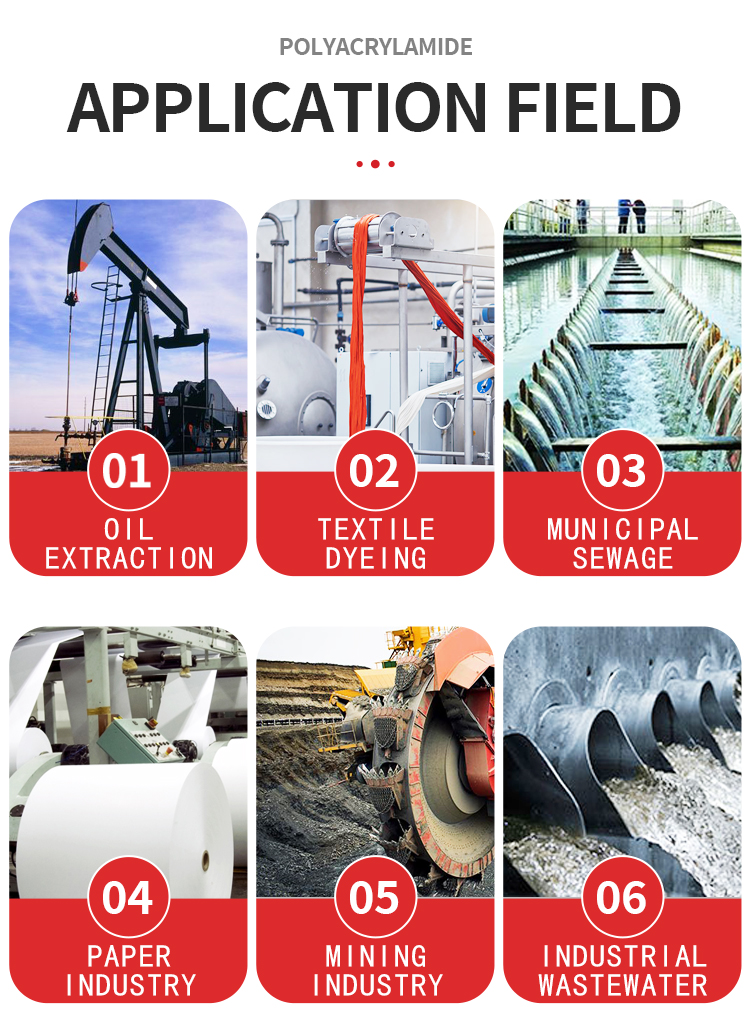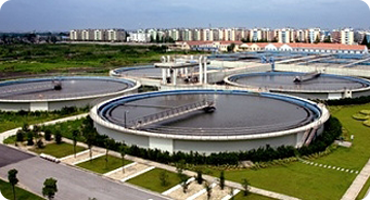Commonly used chemicals for slaughtering wastewater treatment:
Flocculant: Sometimes also called coagulant, it can be used as a means to strengthen solid-liquid separation and is used in primary sedimentation tanks, air flotation machines, tertiary treatment or advanced treatment. Mainly include polyacrylamide and sodium polyacrylate.
Coagulant: Assists the flocculant to function and enhances the coagulation effect. Mainly include aluminum sulfate, alum, green alum, Polyaluminium Chloride PAC, ferric chloride PFS, polyiron, and lime.
Defoaming agent: Mainly used to eliminate large amounts of foam that occurs during aeration or mixing.
ph adjuster: used to adjust the pH value of acidic wastewater and alkaline wastewater. Mainly include lime, caustic soda, sodium carbonate, sulfuric acid and hydrochloric acid.
Oxidation-reduction agent: used for the treatment of industrial wastewater containing oxidizing substances or reducing substances.
Disinfectant: used for disinfection treatment after wastewater treatment before discharge or reuse. Mainly include thiazolinone, sodium hypochlorite, and organic sulfur fungicides.
Phosphorus removal agent: Phosphorus removal agent can remove turbidity from sewage. The phosphorus content of water treated with phosphorus removal agent will be reduced below the limit value (removal of inorganic phosphorus).


